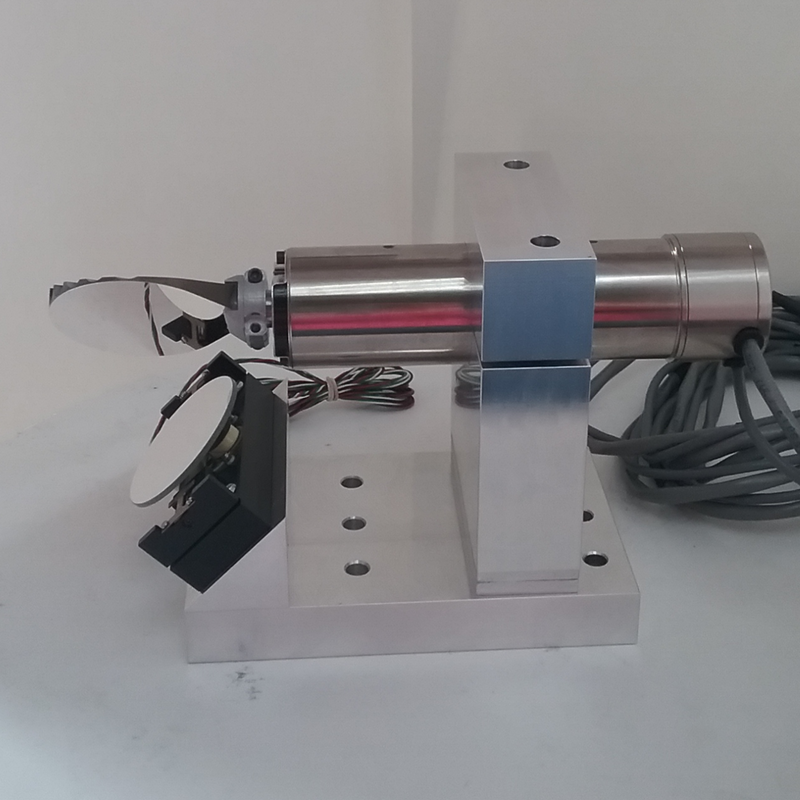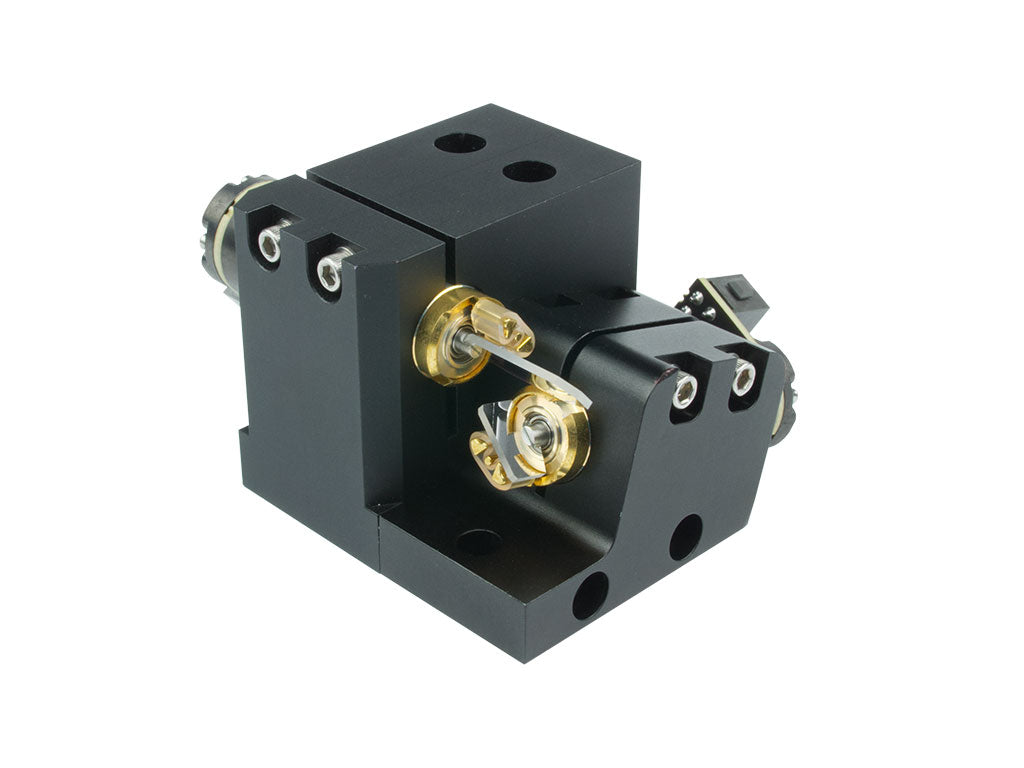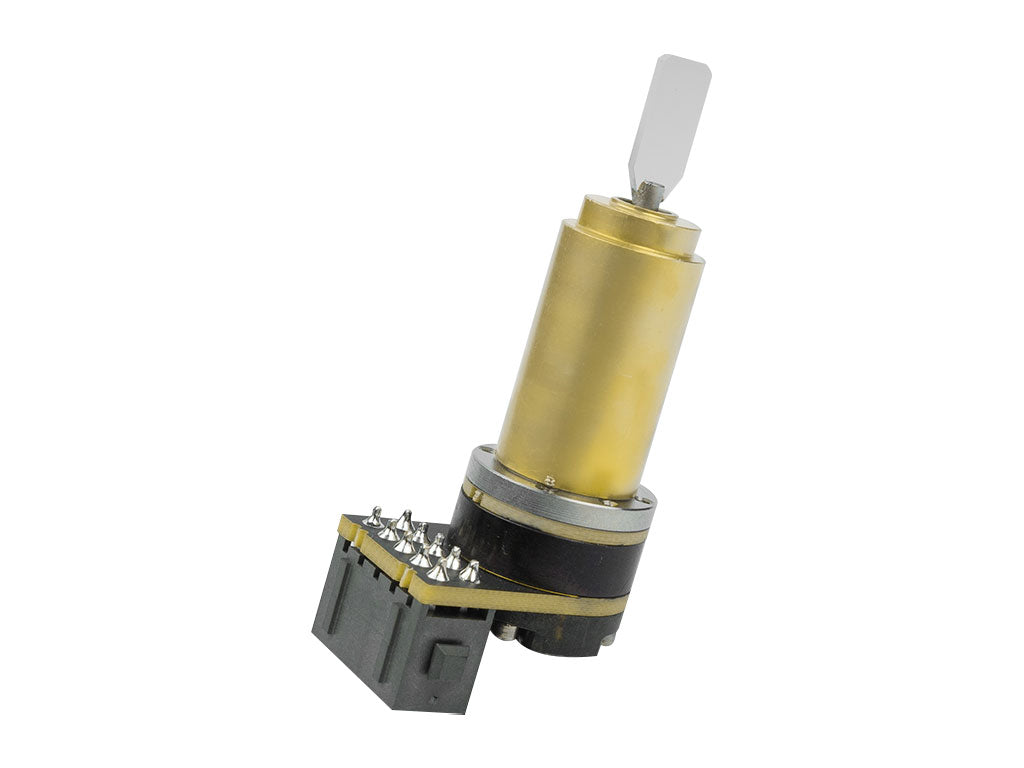A Comprehensive Overview to Selecting the Right Galvanometer Scanner for Your Requirements
A Comprehensive Overview to Selecting the Right Galvanometer Scanner for Your Requirements
Blog Article
Key Applications of a Galvanometer Scanner in Different Scientific Study Fields
Galvanometer scanners have come to be essential to various clinical study areas, providing boosted precision in applications varying from biomedical imaging to ecological tracking. As we explore the complex applications of galvanometer scanners, it ends up being evident that their impact extends much beyond plain technological abilities, elevating questions concerning their future potential in emerging research study locations.
Biomedical Imaging

In confocal microscopy, galvanometer scanners promote the acquisition of images with enhanced resolution and comparison, permitting researchers to visualize cellular components in vivo. The ability to rapidly catch numerous focal airplanes enhances the three-dimensional restoration of tissues, giving critical insights right into their style and function.

In addition, the quick scanning capabilities of galvanometer systems add to developments in vibrant imaging applications, such as keeping an eye on cellular responses to stimuli. Galvanometer scanners are important tools in the field of biomedical imaging, advancing research and professional diagnostics via their precision and performance.
Material Handling
Accuracy in product processing is vital for achieving premium lead to numerous industrial applications (galvanometer scanner). Galvanometer scanners play an important role in enhancing this precision by making it possible for exact and rapid movement control during the processing of products such as steels, ceramics, and polymers. These gadgets facilitate strategies like laser engraving, cutting, and welding, which require finely-tuned changes to make certain optimal results
In laser cutting, for instance, galvanometer scanners enable for complex layouts to be performed with high fidelity, decreasing waste and enhancing manufacturing performance. The rapid movement capacities allow fast adjustments in the laser beam of light path, which is necessary for maintaining regular cutting quality throughout varying product thicknesses. Likewise, in laser welding applications, the accuracy used by galvanometer scanners ensures solid joints with marginal thermal distortion, thereby enhancing structural integrity.
Additionally, the adaptability of galvanometer scanners to various laser types and wavelengths even more broadens their energy in material handling. Their ability to function in tandem with sophisticated software program for real-time tracking and control includes an additional layer of class, allowing suppliers to attain specific specifications tailored to specific applications. Therefore, galvanometer scanners are essential ahead of time the abilities of product processing innovations.
Optical Characterization
In the world of optical characterization, the duty of galvanometer scanners ends up being progressively considerable as they assist in the evaluation of various optical buildings with high precision. These tools make it possible for exact control of laser beam of lights, allowing researchers to methodically probe materials at numerous angles and frequencies. This capability is crucial for characterizing the refractive index, absorption coefficient, and scattering residential or commercial properties of varied products.
Galvanometer scanners are specifically effective in techniques such as optical comprehensibility tomography (OCT) and laser-induced fluorescence (LIF), where fast scanning is essential. By attaining high-speed inflection of the laser position, galvanometer scanners improve the temporal resolution of these techniques, bring about improved imaging and evaluation. Furthermore, they enable the expedition of complex interactions in between light and matter, which is crucial for recognizing material habits under different problems.
Furthermore, the assimilation of galvanometer scanners with spectroscopic strategies broadens their energy, enabling comprehensive spectral analysis throughout a variety of wavelengths. This flexibility makes them vital tools in fields such as products science, biomedical research study, and nanotechnology, where detailed optical characterization is extremely important for progressing knowledge and innovation.

Laser Micromachining
The advent of laser micromachining has actually transformed making procedures, allowing the production of elaborate structures with unmatched precision. This strategy makes use of high-intensity laser light beams to precisely get rid of material from a substratum, making it possible to produce micro-scale parts that are crucial in numerous markets. The application of galvanometer scanners in laser micromachining boosts the i was reading this efficiency and accuracy of this procedure by enabling fast and exact light beam positioning.
Galvanometer scanners assist in the vibrant control of laser light beams, making it possible for complicated patterns to be engraved or cut with high integrity. Their quick response times and high-resolution capabilities enable for the manipulation of laser pulses, which is vital for accomplishing the wanted product buildings and surface finishes. This modern technology is specifically valuable in sectors such as electronic devices, where the miniaturization of components is important for performance enhancement.
Furthermore, laser micromachining is significantly being employed in the clinical area for producing accuracy tools and implants. The combination of laser technology and galvanometer scanning not only simplifies production workflows but additionally decreases waste and improves total material usage, making it a lasting option for contemporary production difficulties.
Environmental Tracking
Ecological surveillance has ended up being increasingly important in examining and managing the health of environments and metropolitan settings. The combination of galvanometer scanners in this area allows precise, rapid, and effective information collection, promoting far better decision-making procedures. These scanners are experienced at guiding laser beams or sensors across various surfaces, enabling high-resolution mapping of ecological criteria such as air quality, dirt structure, and water pollution.
In air high quality tracking, galvanometer scanners can be utilized to assess particle matter and gaseous contaminants, offering real-time information that notifies public health efforts. For water quality assessments, these scanners can assist in identifying pollutants and gauging physical parameters, thereby making sure conformity with environmental policies. In remote sensing applications, galvanometer scanners improve the capability of satellite and drone systems to record comprehensive photos and information of huge locations, determining anthropogenic effects and environmental changes.
The adaptability and precision of galvanometer scanners make them indispensable tools in environmental surveillance, adding dramatically to sustainable advancement efforts and the defense of natural deposits. As the requirement for here reliable ecological management grows, the function of these advanced tools will unquestionably broaden better.
Final Thought
In summary, websites galvanometer scanners offer as necessary devices across several clinical research domains. The versatility and performance of galvanometer scanners continue to drive developments in these important areas.
In laser welding applications, the accuracy used by galvanometer scanners ensures strong joints with minimal thermal distortion, consequently enhancing architectural honesty.
Additionally, the adaptability of galvanometer scanners to different laser kinds and wavelengths better widens their energy in product processing. By achieving high-speed inflection of the laser placement, galvanometer scanners boost the temporal resolution of these approaches, leading to improved imaging and analysis. The application of galvanometer scanners in laser micromachining enhances the efficiency and accuracy of this procedure by enabling quick and precise light beam positioning.
Galvanometer scanners promote the vibrant control of laser light beams, allowing intricate patterns to be engraved or reduced with high integrity.
Report this page